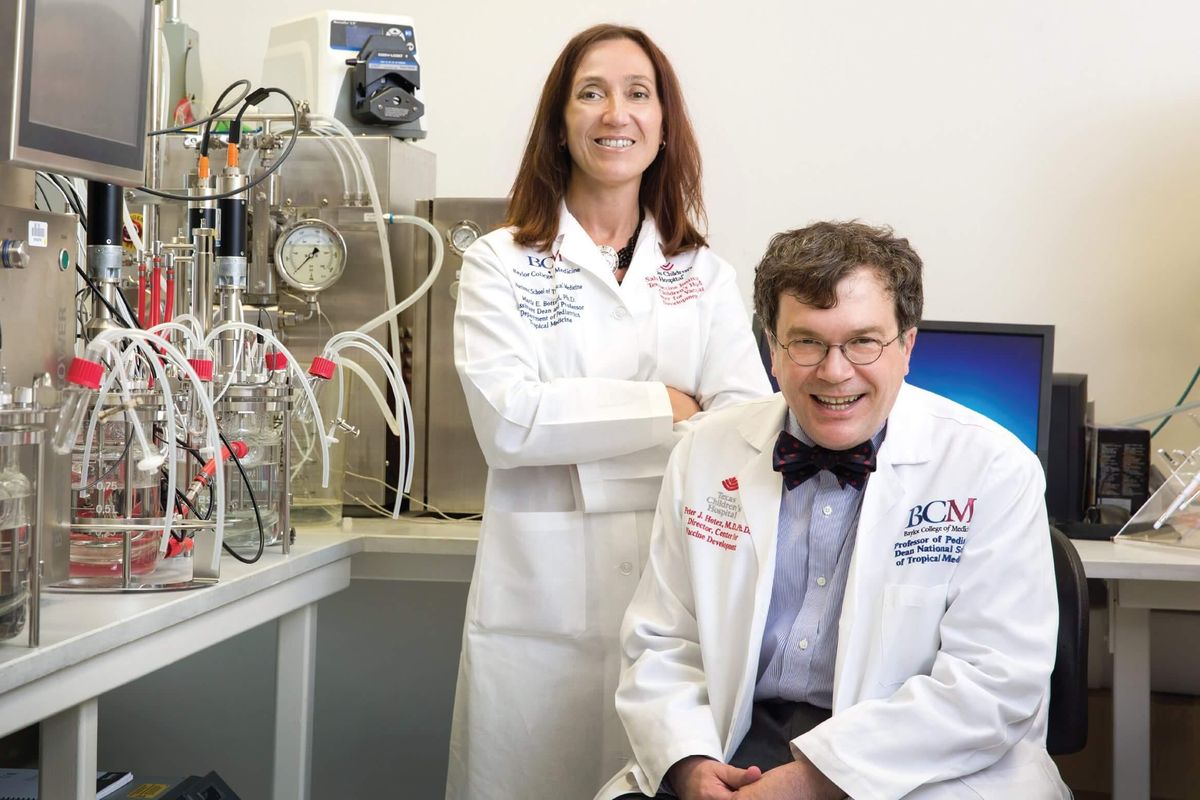Texas university's innovative 'WaterHub' will dramatically reduce usage by 40%
Sustainable Move
A major advancement in sustainability is coming to one Texas university. A new UT WaterHub at the University of Texas at Austin will be the largest facility of its kind in the U.S. and will transform how the university manages its water resources.
It's designed to work with natural processes instead of against them for water savings of an estimated 40 percent. It's slated for completion in late 2027.
The university has had an active water recovery program since the 1980s. Still, water is becoming an increasing concern in Austin. According to Texas Living Waters, a coalition of conservation groups, Texas loses enough water annually to fill Lady Bird Lake roughly 89 times over.
As Austin continues to expand and face water shortages, the region's water supply faces increased pressure. The UT WaterHub plans to address this challenge by recycling water for campus energy operations, helping preserve water resources for both the university and local communities.
The 9,600-square-foot water treatment facility will use an innovative filtration approach. To reduce reliance on expensive machinery and chemicals, the system uses plants to naturally filter water and gravity to pull it in the direction it needs to go. Used water will be gathered from a new collection point near the Darrell K Royal Texas Memorial Stadium and transported to the WaterHub, located in the heart of the engineering district. The facility's design includes a greenhouse viewable to the public, serving as an interactive learning space.
Beyond water conservation, the facility is designed to protect the university against extreme weather events like winter storms. This new initiative will create a reliable backup water supply while decreasing university water usage, and will even reduce wastewater sent to the city by up to 70 percent.
H2O Innovation, UT’s collaborator in this project, specializes in water solutions, helping organizations manage their water efficiently.
"By combining cutting-edge technology with our innovative financing approach, we’re making it easier for organizations to adopt sustainable water practices that benefit both their bottom line and the environment, paving a step forward in water positivity,” said H2O Innovation president and CEO Frédéric Dugré in a press release.
The university expects significant cost savings with this project, since it won't have to spend as much on buying water from the city or paying fees to dispose of used water. Over the next several years, this could add up to millions of dollars.
---
A version of this story originally appeared on our sister site, CultureMap Austin.

















